If you don't like greenery, or photographs of greenery then perhaps you won't like this Warley Place Nature Reserve blog- but read on, and I think you'll end up liking both!
Warley Place is in Brentwood, Essex, and is easy to reach if, like me, you don't drive. Brentwood railway station sits on the Elizabeth Line and then it's a half hour walk up a (not too steep) hill to get there. Entrance is free, and the reserve is open from dawn to dusk throughout the year.

Can you see the algae-covered South Pond behind the trees/ shrubbery? It is a tad camouflaged (I told you this blog was green!)
The East Meadow is on the other side of the entrance lane. You can also see some saplings being propagated in frames.
The reserve is the site of a house; and gardens which were once famous.
Looking down into the Gorge, and these gardens once belonged to renowned horticulturist Ellen Willmott (1858-1934).
The other side of the Gorge, and Ellen Willmott moved into Warley Place in 1875, after her father acquired the house. It was to become her lifelong home.
Looking over the West Meadow, and inherited wealth allowed Miss Willmott to indulge her passion for horticulture.
The house was destroyed in 1939, but strange and fascinating buildings that were once part of the gardens do pop up!
The corner of the Walled Graden. Filmy ferns and alpine plants once thrived in the main gardens, but these probably ceased to exist when the gardens became overrun and derelict, with large trees blocking out all the light, and depriving smaller plants of sustenance.
Skirting the garden, and from 1934-1977 the gardens fell into serious disrepair.
The old tesselated flooring is still visible, and there's a blue plaque dedicated to Ellen Willmott inside.
Come into my secret garden...
Miss Willmott was considered as infuential as her contemporary; Gertrude Jekyll (1843-1932).
Ellen Willmott is believed to have cultivated over 100,000 species of plant.
The Conservatory. This was once part of the house and has been repointed and stabilised.
Here's a PDF of the house, taken from the back of the building. You can see the conservatory to the left.
Willmott's wealth also allowed her to buy gardens in France and Italy.
Willmott became a prominent member of the Royal Horticultural Society, joining in 1894.
This bit is the remains of the basement kitchen...
There are lots of underground chambers, and most of them are cordoned off, as they are too unsafe to wander into.
There is something almost majestic about this pond, which comes with a dire, deep water warning...
The foundations of the hothouses...
Foundations for cold frames, and it was said that Willmott was a demanding employer who would sack any gardener who allowed a weed to grow amongst her flowers, and apparently gardeners were not allowed an afternoon off, even to get married!
Overlooking the Rockeries, and Willmott would only employ men in her garden, believing that women would "be a disaster in the border."
After the house was knocked down there were plans to build a housing estate here. Fortunately, the Second World War followed by green belt legislation put paid to that idea.
I also spotted a couple of hides around; so that keen birdwatchers can spend some time here on the lookout for different feathered species.
This garden is fascinating, and it's good to let your imagination run away with you and daydream about what it once was. Here you have an unexpected set of steps just popping up amongst a blanket of plants...
Warley Place is considered to be the loveliest lost garden in England. I'll certainly return, and I'd like to come at different times of the year, to get some idea of the different species of plants growing on the reserve.
Until then,
TTFN
Miss Elaineous
XXXXX
XXX
X
XXX
X



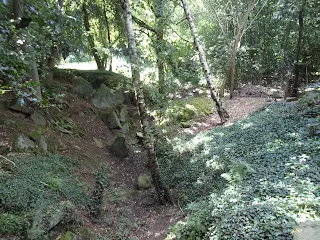















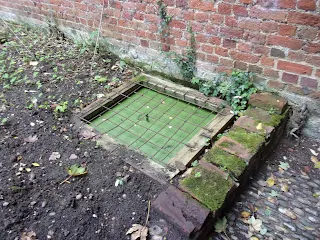

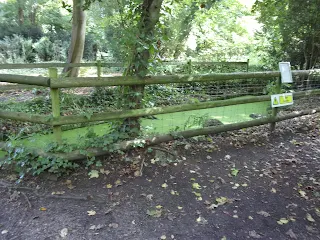


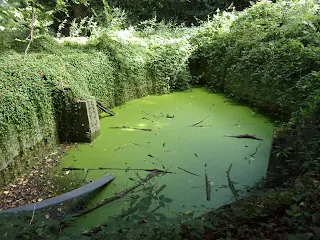




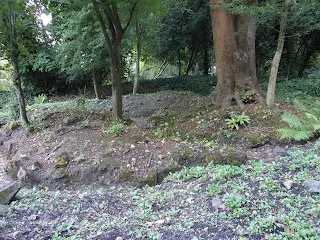

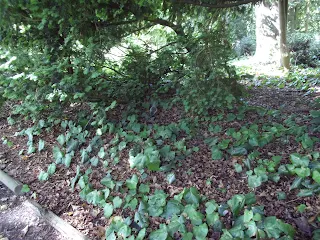
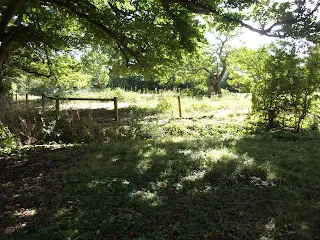








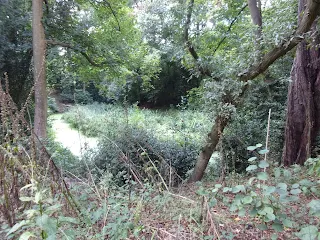
No comments:
Post a Comment